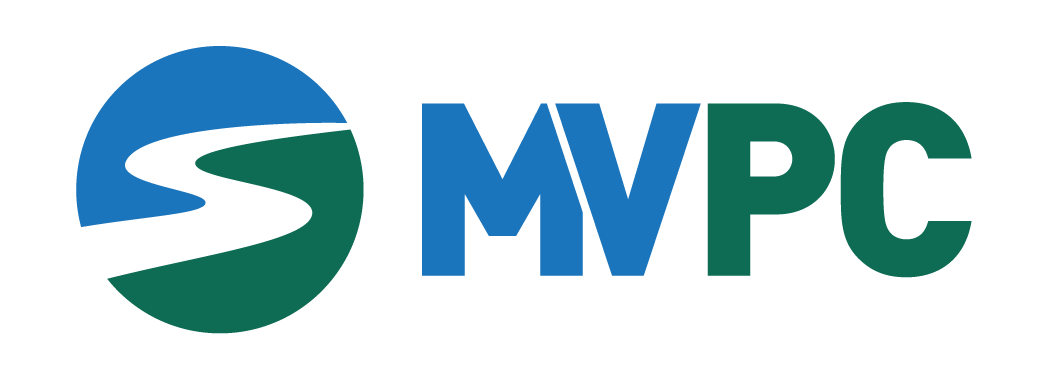In recognition of National Public Health Week (April 5th -11th), The Merrimack Valley Planning Commission (MVPC) has decided to extend the celebration by discussing the intersections between our planning work here in the Merrimack Valley region throughout the rest of April. MVPC’s four departments are uniquely positioned to address public health outcomes on a regional level, and we know that positive public health outcomes, like many planning targets, are aided by regional support, collaboration, and system building.
To kick us off, we thought it best to first reflect on the history of planning as a branch of public health efforts, as well as illustrate some tangible ways the field of planning and public health intersect to ensure the general welfare of each and every resident in our region’s communities.
Did you know that planning originated alongside public health efforts?
The field of American planning originated out of a need to address pressing health-related issues in the 19th century. This was illuminated through the establishment of the nation’s first sanitation commissions, most notably the United States Sanitary Commission, founded in 1861. Frederick Law Olmsted, commonly known as the founder of American landscape architecture, served as general secretary for the Commission for several years. The Commission was established with the goal of improving the sanitary conditions of the Union Army’s military camps and maintaining the health of Union soldiers (Fisher, 2010). Here is where we saw the prioritization of improved public health outcomes through the lens of planning, community development, and policy enactment. Health outcomes are intrinsically linked to the built environment and how that environment is regulated to benefit the overall welfare of the people living and, ideally, thriving there.
Planning and public health still operate alongside one another, but perhaps in ways we wouldn’t immediately recognize. Consider the following shared interests between the planning and public health fields (American Public Health Association, 2021):
Meets basic needs of all
- Safe, sustainable, accessible, and affordable transportation options
- Affordable, high quality, socially integrated, and location-efficient housing
- Complete and livable communities including quality schools, parks, recreational facilities, childcare, libraries, financial services, and other daily needs
- Access to affordable and safe opportunities for physical activity
- Able to adapt to changing environments, resilient, and prepared for emergencies
- Opportunities for engagement with arts, music, and culture
Quality and sustainability of the environment
- Clean air, soil and water, and environments free of excessive noise
- Green and open spaces, including healthy tree canopy and agricultural lands
- Minimized toxics, greenhouse gas emissions, and waste
- Affordable and sustainable energy use
- Aesthetically pleasing
Adequate levels of economic and social development
- A living wage, safe and healthy job opportunities for all, and a thriving economy
- Opportunities for high quality and accessible education
- Robust social and civic engagement
- Socially cohesive and supportive relationships, families, homes, and neighborhoods
- Safe communities, free of crime and violence
A Regional Approach: Public Health Knows No Borders
Public health and the development of a region can, therefore, not be addressed individually and the best outcomes often require collaboration beyond one municipality’s borders. MVPC’s transportation, environment, economic development, and GIS programs work together every day to address these pillars of public health with planning practices that ensure the general welfare of the Merrimack Valley and its residents.
One of our best examples of this is the ongoing work to improve the health of the Merrimack River and the people who depend on it. Housed within MVPC is the Merrimack River District Commission (MRDC). The Commission is comprised of municipalities and planning entities along the river in Massachusetts and Southern New Hampshire created through state legislation to establish a consistent, unified framework for decisions for the Merrimack River Basin. It is intended to serve as the first step toward improved coordination of activities and integrated management of the Merrimack River.
Under the direction of the MRDC, MVPCs environment, and GIS Programs worked in conjunction with the City of Newburyport and Brown and Caldwell in 2021 to develop a web-based application to monitor Combined Sewer Overflow (CSO) events in the Merrimack River. This project aims to collect CSO events through automated data extraction from emails and post the information to a web resource. This web resource will show CSO events and provide an associated risk level with each CSO event. A first-of-its-kind tool, we hope this will help improve not only the health of the Merrimack but also the quality of life for the residents that work, live, and play on it. We are working to finalize the tool now.
For more information about the Merrimack River District Commission or any of the initiatives led by MVPC, please don’t hesitate to reach out or visit our program pages.
References:
Thomas Fisher, “Frederick Law Olmsted and the Campaign for Public Health,” Places Journal, November 2010. Accessed 06 Apr 2022. https://doi.org/10.22269/101115
American Public Health Association, 2021
Link: https://www.apha.org/-/media/Files/PDF/factsheets/HiAPGuide_4pager_FINAL.ashx
PC: J. Normandin
